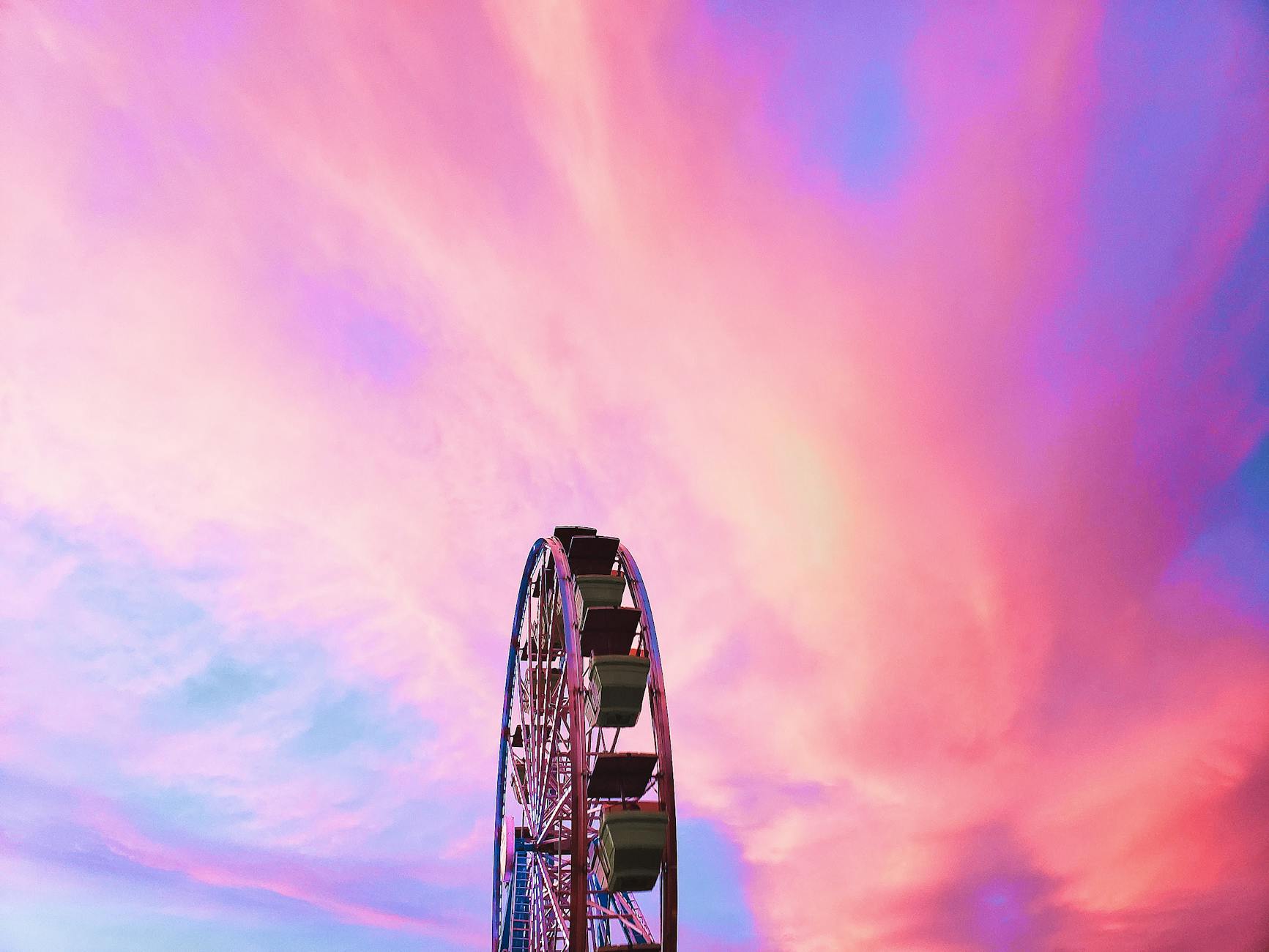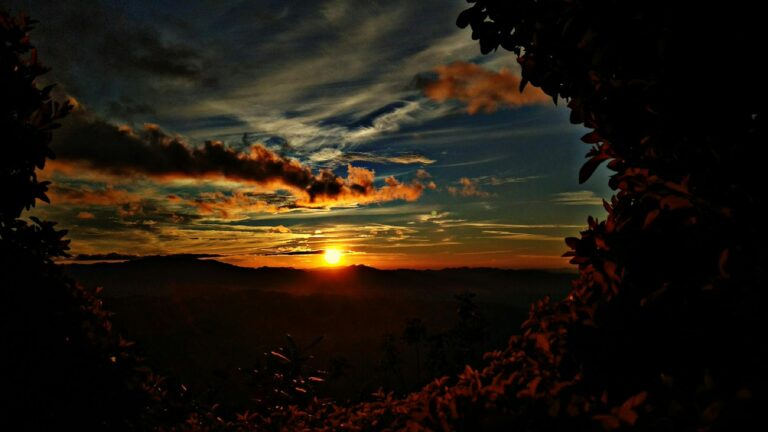Hubble Snaps a Cosmic Candy Floss Show in Our Backyard Galaxy
Wait Till You See This One
You know how sometimes NASA drops an image that makes you forget it’s actually science? Yeah, Hubble just did it again. This time, it’s caught something in the Large Magellanic Cloud—that little galaxy tagging along with ours—that looks like someone spilled cosmic cotton candy across space. And here’s the thing: it’s not just pretty. That wispy glow is basically a live feed of stars being born. Kinda makes you feel small, doesn’t it?
Seriously, It Looks Like Pink Candy Floss
Okay, picture this: swirls of electric pink and blue, stretching like someone pulled apart a giant nebula-sized wad of fairy floss. But here’s the kicker—those delicate threads? They’re actually massive shockwaves from baby stars throwing tantrums. Their radiation is carving out those shapes, like a cosmic sculptor blasting away at gas clouds. Hubble used five different light filters to catch this, which is basically the astronomy version of putting on night-vision goggles, UV shades, and heat sensors all at once.
Our Galactic Sidekick Steals the Show
Fun fact—the Large Magellanic Cloud (let’s call it LMC, because who’s got time?) is right next door, just 160,000 light-years away. That’s basically our cosmic neighbor popping over for sugar. Down in the Southern Hemisphere, you can actually spot it as a faint smudge if you squint. But here’s why astronomers love it: unlike our Milky Way’s orderly spiral, the LMC is like a messy artist’s studio, with gas and dust everywhere—perfect for cooking up new stars. Dr. Sabbi from Hubble’s team put it best: “It’s like watching star formation with the training wheels off.”
Where Stars Are Born (And It’s Messy)
Those bright pink patches in the photo? That’s where the magic—well, violent physics—happens. Hydrogen gas gets so dense it basically collapses under its own weight until—bam!—nuclear fusion kicks in. The hottest young stars blast everything around them with UV radiation, making the whole area glow like a neon sign. And get this: when these big stars eventually explode (because all rockstars burn out fast), they’ll spray heavy elements everywhere. So that “cotton candy”? It’s literally stardust in the making.
How Hubble Pulled This Off
Here’s the nerdy part that blew my mind. Hubble didn’t just take one photo—it’s like they gave the telescope a whole Instagram filter pack. Infrared sees through dust, ultraviolet spots the hottest stars, and combined? It’s like listening to a symphony where each instrument plays a different part of the story. NASA’s imaging guy Joseph DePasquale nailed it: “Without all those wavelengths, we’d just have half the sheet music.”
Twitter Went Nuts (Obviously)
Soon as NASA dropped this image, the internet lost it. People called it “space confetti,” “God’s watercolor,” and—my personal favorite—”a galaxy sneezed.” But while we’re all gawking at the colors, scientists are geeking out over the details. Dr. Jayanne English from Manitoba put it perfectly: “This isn’t a screensaver. It’s a front-row seat to how galaxies build themselves.” Makes you wonder what else is out there, huh?
Bigger Picture? We’re All Stardust
At the end of the day, images like this do two things: they remind us how insanely beautiful the universe is, and that we’re literally made from the same stuff as those glowing gas clouds. With the James Webb telescope now teaming up with Hubble, we’re about to see even wilder cosmic candy. But for now, just stare at that pink swirl and remember—every atom in your body came from a place like that. Mind. Blown.
Want to Nerd Out More?
- NASA’s original post (with way more tech details)
- Hubble’s greatest hits gallery
- Bonus eye candy: The Tarantula Nebula shots (equally insane)













One thought on “Hubble Captures Galactic ‘Cotton Candy’ in Large Magellanic Cloud”